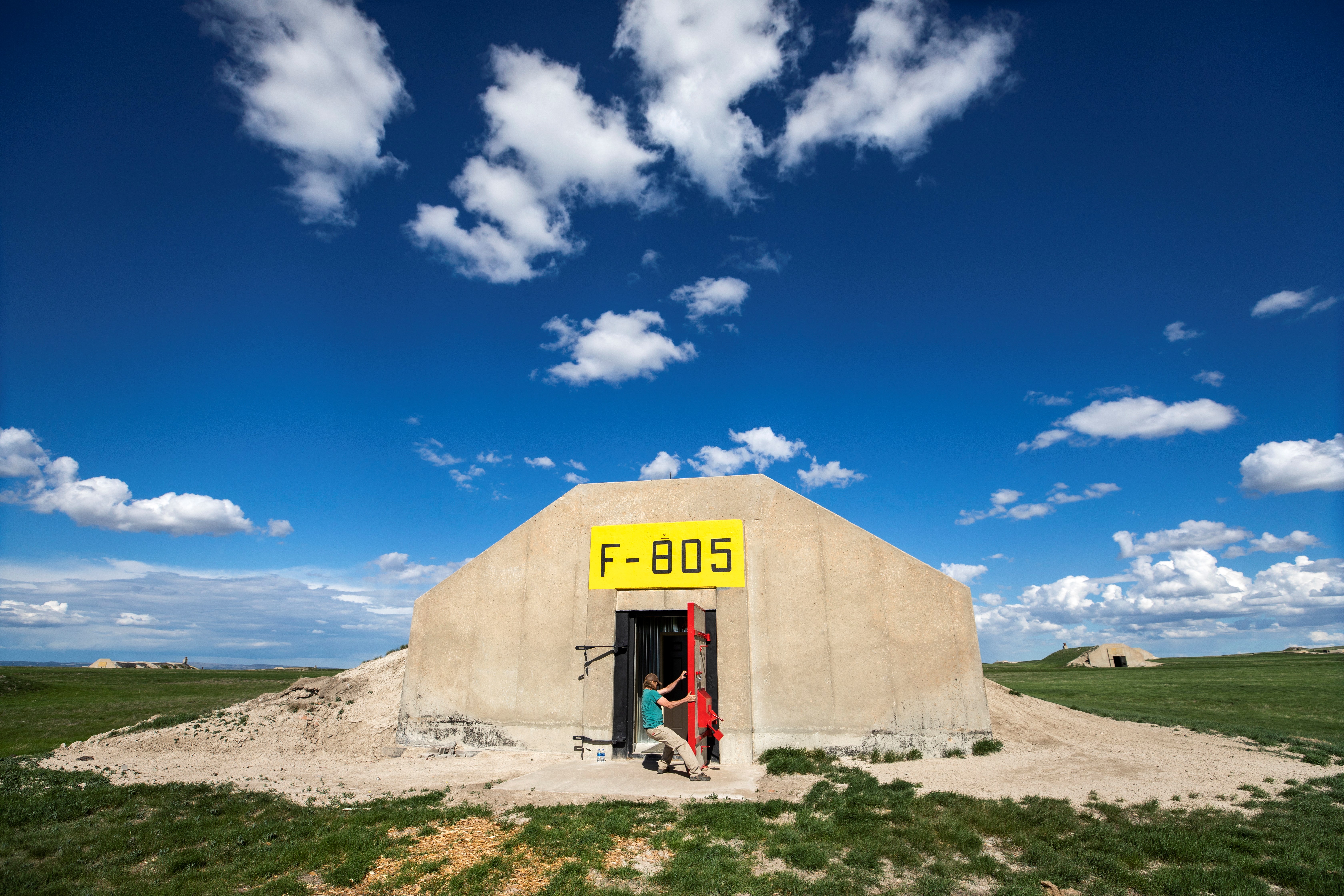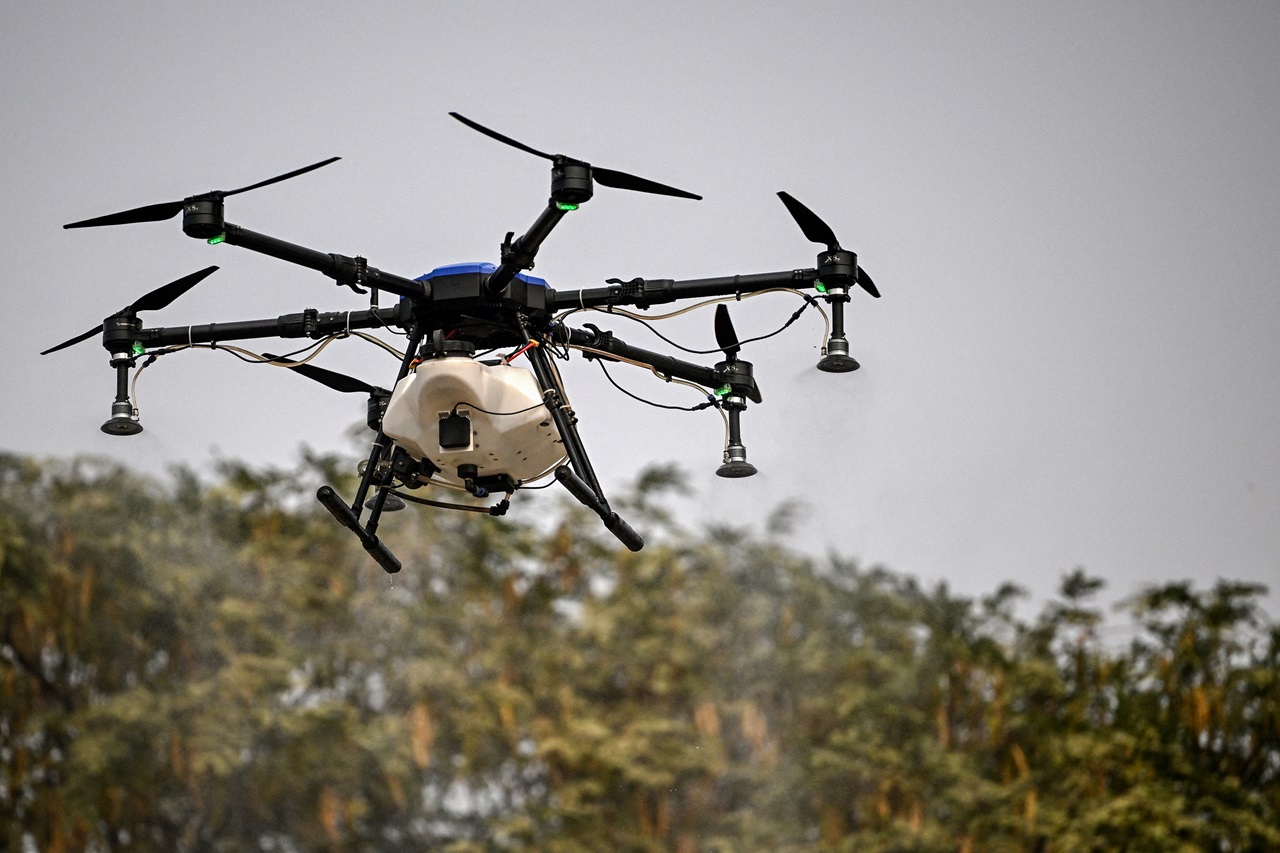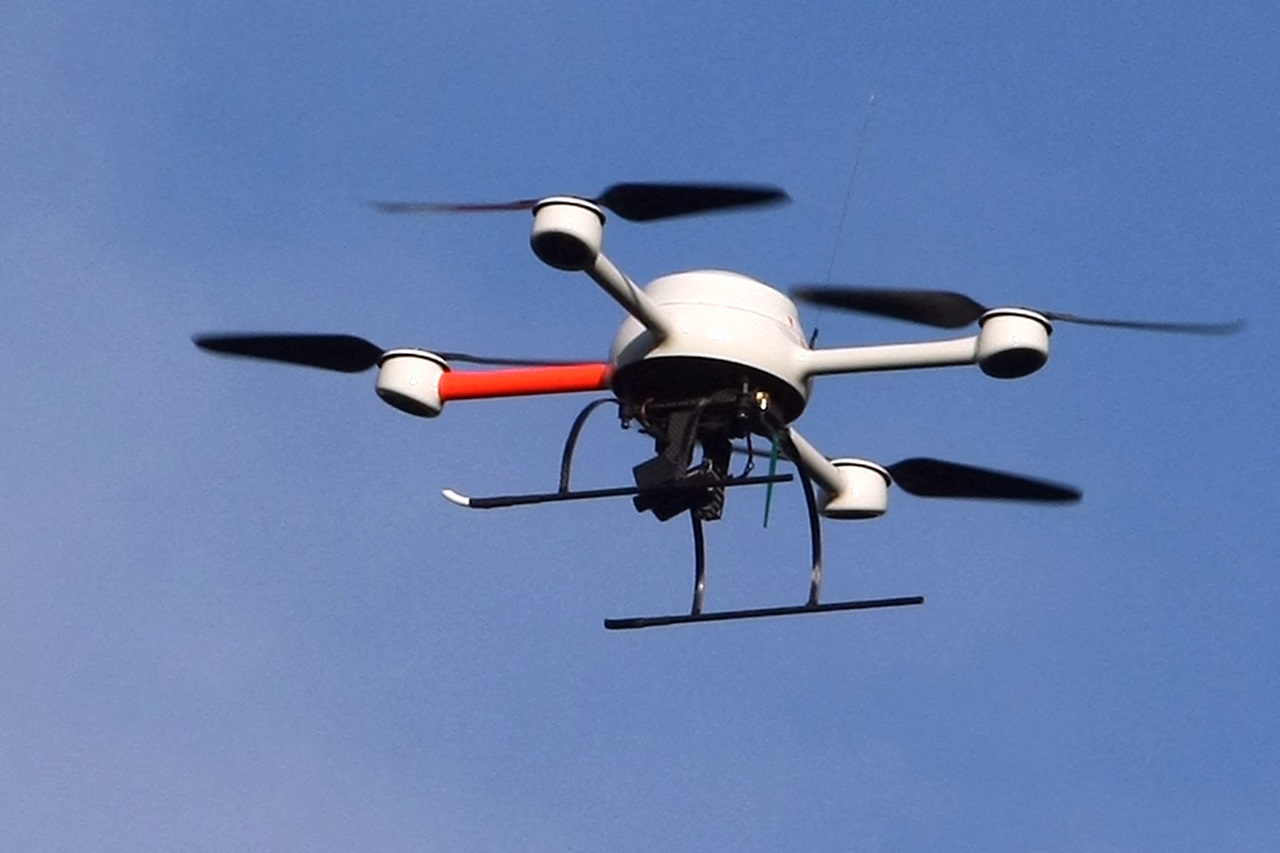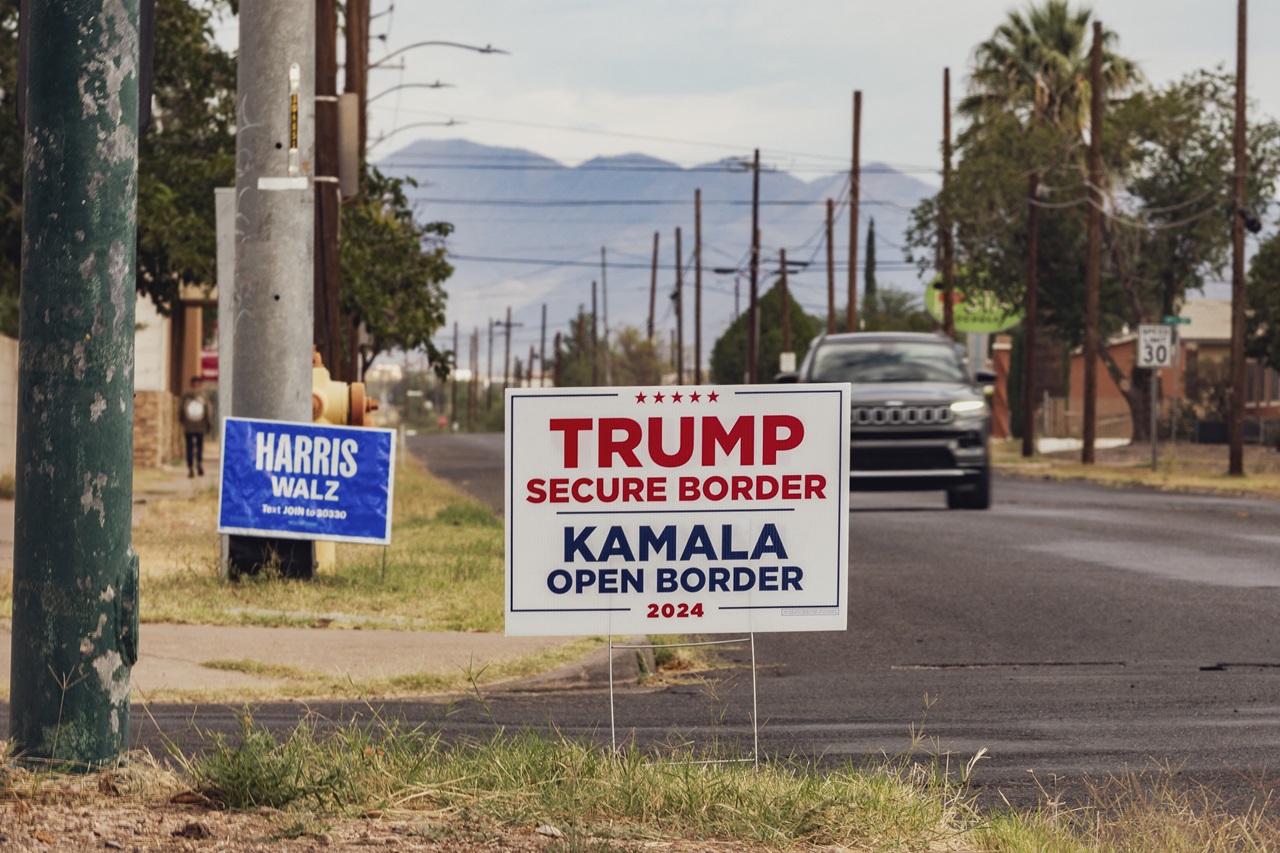
How the U.S. government prepares for nuclear Armageddon
The president of the United States has repeatedly claimed that his recent meeting with North Korea's dictator will avert a nuclear showdown, and yet, American officials continue to plan for a darker scenario: keeping the government functioning in the wake of a possible Armageddon, as documented in a photo essay by an EPA-EFE journalist made available on Monday
Though officials keep the details of the country's post-doomsday planning classified, evidence of their decades-long efforts – some abandoned, some active – are hidden in plain sight around Washington D.C. and beyond.
This is known as "continuity of government," or COG, in clunky Beltway terminology, and it is meant to ensure that America continues to operate as a constitutional democracy with its leadership visible to the nation and its military able to defend the U.S. "against all enemies, foreign and domestic."
First developed during the Truman administration (1945-1953) in the dawn of the nuclear age, COG stratagems expanded greatly during the Cold War.
The U.S. government built secret doomsday bunkers for federal employees in Virginia, West Virginia, and Pennsylvania; it also constructed nuclear-hardened communications towers throughout the Washington metropolitan area so that the White House could reach other top-level survivors.
In addition, it developed weaponry with "second-strike capability" that would launch post-doomsday to prevent further attacks, a deterrence strategy known as Mutual Assured Destruction, or MAD.
Though COG procedures have modernized over the years, they still call for Air Force helicopters to evacuate members of the Executive Branch from Washington; for Boeing E-4B doomsday planes to deploy in the skies across the U.S. to assist the president in waging war; and for the activation of communication teams at the White House and beyond.
CONTENIDO RELACIONADO
For the first time in decades, all that preparation may seem prescient.
At a January press conference in Washington, the Bulletin of the Atomic Scientists moved the hands of the so-called "Doomsday Clock" – which represents the likelihood of a man-made global catastrophe – to two minutes before midnight.
This is the closest the symbolic clock has been to midnight since 1953, when the U.S. was in the midst of a nuclear arms race with the Soviet Union.
Scientists with the Bulletin said that Trump's military threats – most notably "the prospect of actually using nuclear weapons" – provided most of the impetus for moving the Doomsday Clock forward.
Before and during the Singapore summit with North Korean leader Kim Jong-un, Trump dialed down his belligerent rhetoric.
But it remains to be seen if his "special bond" with Kim can actually lead to a denuclearized Korean peninsula, let alone help rewind the hands of the Doomsday Clock.










DEJE UN COMENTARIO:
¡Únete a la discusión! Deja un comentario.